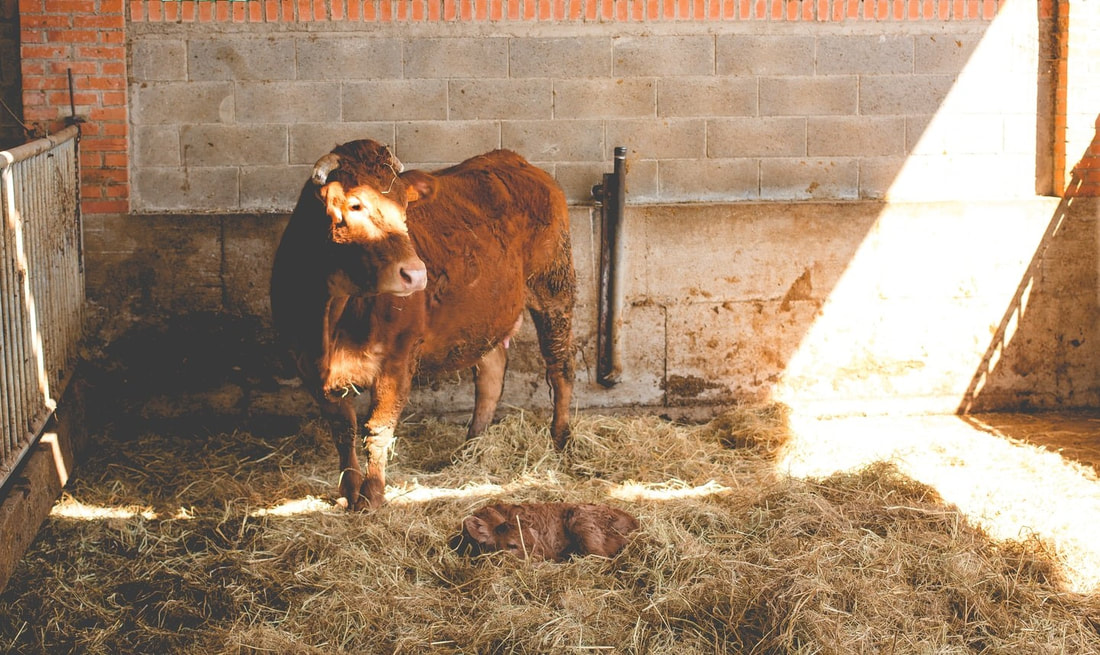|
While humans can find shelter and comfort in their homes with adequate cooling during the hottest summers, have you ever thought about cattle and other farm animals? Just because they’re animals doesn’t mean summers do not get hard for them.
Hot temperatures can have serious effects on cattle. Sure, you cannot keep them in an air-conditioned environment, but you can surely take measures to keep them from getting a heat stroke. We have listed down some tips that will help you protect your cattle during the harsh summers. 1. Install Livestock Shade Sails The first and the most obvious way of keeping your cattle protected from direct sunlight is installing livestock shade sails on your farm. Cattles will be at a much lower risk of heatstroke if they aren’t under the direct sun all day long. Shade sails will make sure the cattle are protected from harmful UV rays and the intense heat of the afternoon sun. 2. Sufficient Water Supply You don’t want your cattle to die of dehydration, do you? To make sure the summer sun doesn’t get better of your livestock, you have to ensure that they are provided with sufficient water throughout the day. Adequate water intake is crucial for cattle’s health, much in the same way it is for humans. 3. Work Cattle in Cooler Times Working the cattle should be done either early in the morning or the evening when the sun is not very high in the sky. This will keep the cattle protected from the intense heat of the afternoon sunlight, hence offering adequate heatstroke prevention for your cattle. 4. Alter Rotational Grazing Strategy Instead of taking cattle for grazing in areas where there is short grass, take them to areas with taller grass instead. Taller grass stays cooler as compared to short grass. Moreover, avoid intensive grazing practices to avoid excessive sun exposure. Altering the grazing strategies will keep the cattle protected from the hot summer temperatures and hence will prevent the cattle from falling victim to heatstroke. 5. Work Out an Emergency Plan You can never tell when an emergency can arise. It is always better to have an emergency plan already in place. If the weather turns too hot unexpectedly, an emergency plan will help you save your cattle from drying of heatstroke. In such a situation, wetting of cattle and the roof and walls of the building they are kept in will offer some cooling. The roof and walls should be wetted every 20 to 30 minutes to make sure the cattle are cool throughout the day. Summary Installing livestock shade sails is one of the most cost-effective and efficient ways of protecting cattle from getting a heat stroke. No matter what the weather is like, livestock shade sails will ensure that cattle are safe and sound.
0 Comments
Your comment will be posted after it is approved.
Leave a Reply. |
Archives
August 2023
Categories |


 RSS Feed
RSS Feed